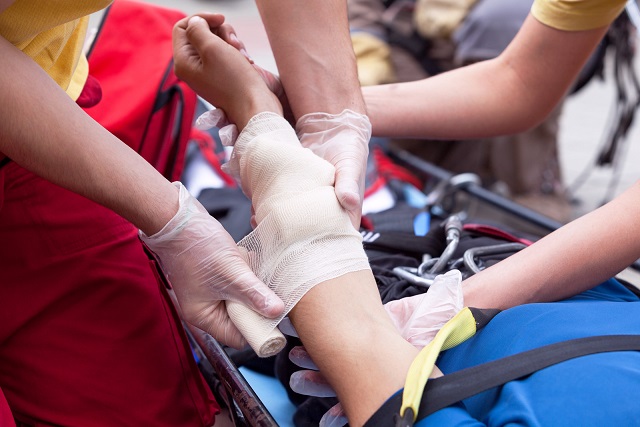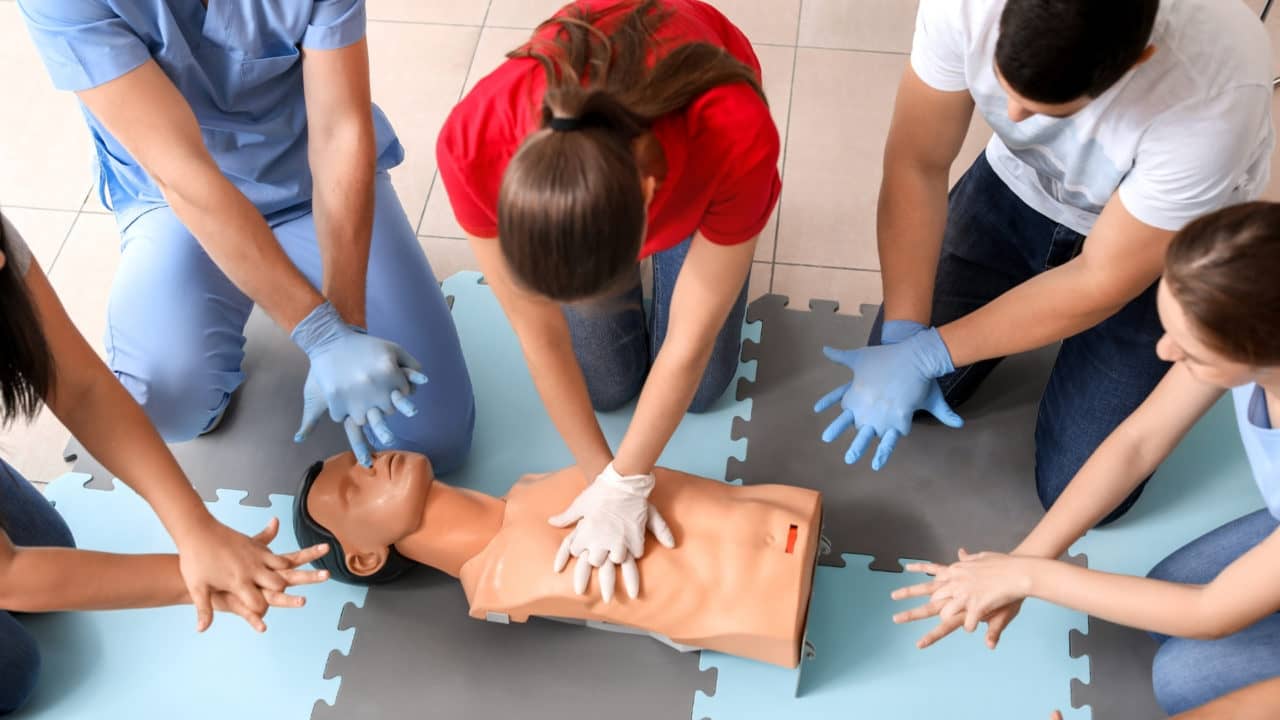Introduction
In our fast-paced world, emergency situations can strike without caution. Whether it's a small injury, a medical emergency, or a lethal scenario, recognizing how to provide emergency treatment can make all the difference. This is where a First Aid course enters play. Lots of people might wonder what they can get from such training, and this article aims to shed light on that.
By register in a First Help and mouth-to-mouth resuscitation course, you do not just find out about bandaging injuries or doing CPR; you outfit yourself with invaluable skills that can conserve lives. So, just what will you discover in a detailed program? Let's dive into the details.
First Aid Essentials: What You'll Learn in a Detailed Course
Understanding Very first Aid
What is First Aid?
First help refers to the first support given to a person struggling with an injury or health problem till expert clinical assistance arrives. It includes various techniques and skills varying from easy injury care to lifesaving techniques like mouth-to-mouth resuscitation (Cardiopulmonary Resuscitation).
Importance of Emergency treatment Training
Why Needs to You Take an Emergency Treatment Course?

Taking a First Help course is crucial for numerous reasons:
- Confidence: Knowing just how to react in emergency situations can infuse confidence. Life-Saving Abilities: The capacity to perform mouth-to-mouth resuscitation or aid with choking can conserve lives. Career Innovation: Lots of professions need qualification in very first aid. Community Obligation: Learning means you can assist others effectively.
Overview of CPR
What is CPR?
CPR, or Cardiopulmonary Resuscitation, is an emergency situation treatment carried out when somebody's heartbeat or breathing has actually quit. It integrates breast compressions with rescue breaths to preserve blood circulation and oxygenation till professional help arrives.
The Structure of a Comprehensive First Aid Course
What Does an Emergency treatment Course Include?
An all-around First Aid and CPR course normally covers the following topics:
Introduction to First Aid Legal and Honest Considerations Scene Safety Basic Life Assistance (BLS) CPR Techniques Choking Relief Wound Care Management Burn Treatment Managing Shock Recognizing Clinical Emergencies Using an Automated External Defibrillator (AED)
Legal Aspects of First Aid
Are There Legal Implications Involved in Offering First Aid?
Yes, offering first aid does lug legal duties known as "Do-gooder regulations." These regulations protect individuals that aid others in emergency situations, Canberra First Aid Course Near Me provided their actions are reasonable and not reckless.
Scene Safety and security: The Very First Step
How Do You Ensure Scene Safety?
Ensuring scene safety involves analyzing the setting before approaching the target:
- Look for potential risks (traffic, fire). Make sure it's secure for both you and the victim.
Basic Life Assistance (BLS)
What Role Does BLS Play in Emergency Situation Situations?
Basic Life Support consists of the fundamentals of keeping life features till additional clinical assistance arrives. This area covers essential skills such as:
- Checking responsiveness Activating emergency situation services Performing premium chest compressions
Advanced mouth-to-mouth resuscitation Techniques
What Are Advanced Techniques Covered in CPR Courses?
Advanced methods might include:
- Two-rescuer CPR Use of barrier tools for rescue breaths Special factors to consider for babies and children
Choking Alleviation Techniques
How Do You Aid Someone That is Choking?
Choking relief entails 2 important techniques:
The Heimlich maneuver for adults. Back blows and breast thrusts for infants.Wound Care Management
How Do You Appropriately Manage Wounds?
Effective wound administration includes:
- Cleaning the wound with saline or tidy water. Applying antibiotic ointment. Covering it with sterilized dressings.
Burn Treatment
What Are Effective Approaches for Dealing With Burns?
Burn treatment varies by degree:
Cool the shed under running water. Cover it with non-stick dressings. Seek clinical interest for severe cases.Managing Shock
How Is Shock Identified and Treated?
Recognizing shock consists of trying to find signs and symptoms like light skin, rapid pulse, or confusion:
Lay the individual down. Elevate their legs unless there are injuries stopping this. Keep them soothe until assistance arrives.Recognizing Clinical Emergencies
What Types of Medical Emergencies Should You Realize Of?
Common clinical emergencies include:
- Heart strikes Stroke Severe allergies Recognizing these conditions helps you act quickly.
Using an Automated External Defibrillator (AED)
How Do You Make use of an AED Correctly?


Using an AED includes transforming it on, connecting pads according to illustrations on the device, and complying with voice triggers carefully.
Importance of Continual Learning
Why Is Constant Discovering Important in Emergency Treatment Training?
Continuous knowing guarantees you remain updated on finest practices and brand-new protocols in first aid care.
FAQs Concerning First Aid Courses
What Is Included in a Requirement First Aid Course?- A basic course usually covers fundamental life assistance, wound monitoring, choking relief methods, and legal considerations.
- Most courses vary from 6 hours to 16 hours relying on the depth of content covered.
- Yes, upon effective completion of many programs, individuals get a first help certificate, which is normally valid for 2 years.
- Yes! Many companies use online training courses that offer flexible discovering atmospheres while still being effective.
- Absolutely! Hands-on practice is critical for understanding abilities like breast compressions and utilizing AEDs effectively.
- Generally, there are no age constraints; nonetheless, individuals must be emotionally skilled to discover these life-saving abilities effectively.
Conclusion
Enrolling in a thorough emergency treatment course outfits individuals with essential knowledge that can save lives during emergencies-- whether at home, job, or out in public rooms! From recognizing standard life assistance treatments like mouth-to-mouth resuscitation to learning how to take care of wounds properly or recognize signs of shock-- these courses give invaluable training that anybody can profit from!
As we navigate via our daily lives filled with changability-- what far better means than preparing ourselves via knowledge acquired from organized training sessions concentrated on conserving lives?
In conclusion-- if you're considering occupying any kind of form of first-aid training-- never ever wait! Outfit yourself today with these powerful devices since preparedness truly makes all the difference when every 2nd counts!